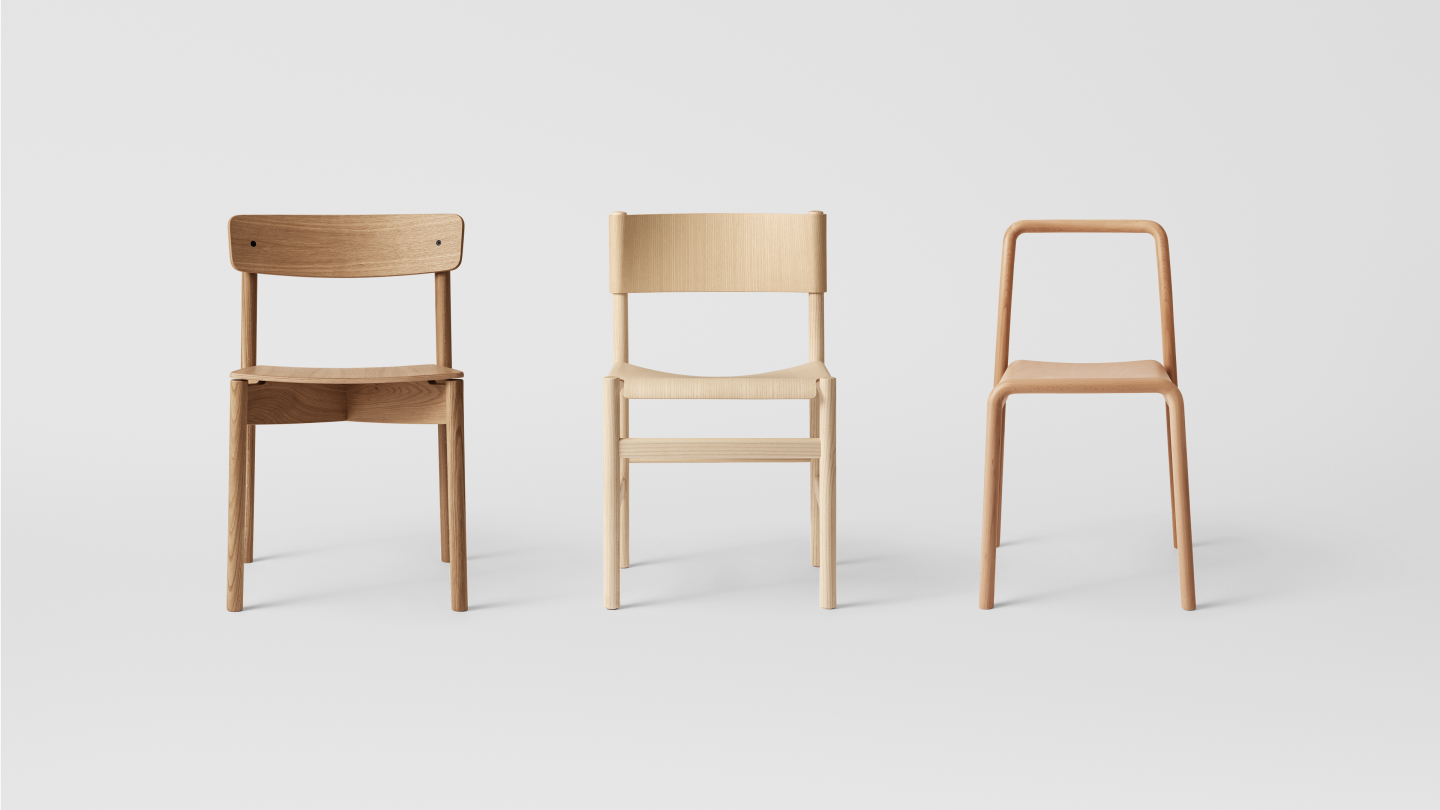The good design concepts at the heart of Danish design are functionality, beauty and the needs of the many. This is a strong tradition. And when a tradition is strong enough, it leaves room for innovation that allows us to always move forward.
There are many opinions about why the Danes love their chairs. Maybe it comes from our idea of the chair as the object most closely related to the body. Just think about the way we have given names to its parts: back, legs, arms. Or maybe it’s because Danish design has evolved alongside our society, from objects of everyday use in a poor culture of farmers into carefully designed objects.
The ideological foundation of Danish design emerged as a particular, Scandinavian form of social democracy prevailed in the wake of World War II. The idea that beautiful, functional products should not only be reserved for the wealthy, but accessible and affordable to all members of society was born in line with the emergence of these political systems. In combination with a strong ideological foothold, new materials and methods of mass production catalyzed the development.
Good furniture design is in constant conversation with the past, present and future. Because of this, we can still relate to a chair designed well before our time. The ones we now know as classics were formed through conversations like this – one designer’s work is always informed by others. And while we continue to learn from the old masters – from their approach to materials, to their subtle ability to infuse a piece with character and presence – we must do so in a way that is intrinsically our own.
Contemporary furniture design should be a place where the past meets the present. At the same time, it must point forward towards what is yet to come. We can learn from these classic chairs and the ideology behind them as we set out to design new works that are uniquely of our time.
Our Beliefs: Danish design with a global outlook

